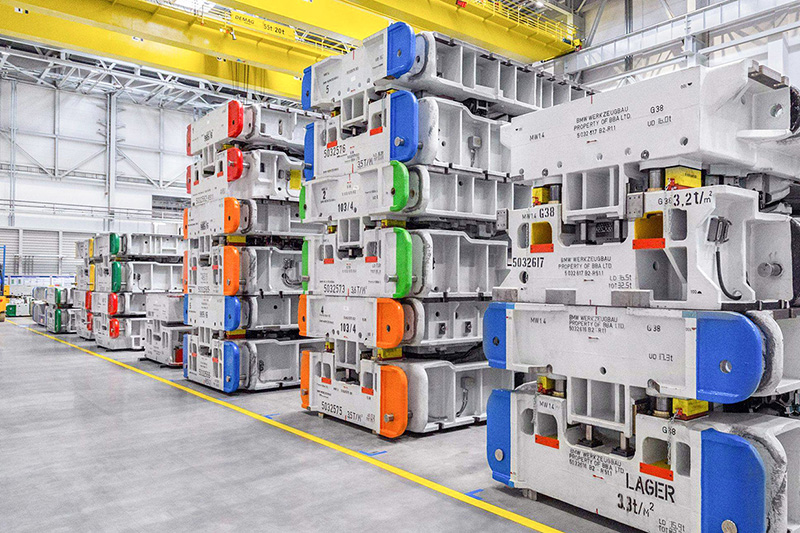The nitrogen gas spring is a component with elastic function. It seals high-pressure nitrogen in a certain container. The external force compresses the nitrogen through the pole. When the external force is removed, the high-pressure nitrogen expands to obtain a certain elastic pressure. It is called a nitrogen cylinder or a gas spring, or a nitrogen cylinder elastic device, abbreviated as a nitrogen spring ("Nitrogen Cylinder", "GasSpring"). At present, conventional elastic elements are springs, rubbers and air cushions. These elastic elements have been widely used in the industrial field to solve the needs of various elastic energy storage and play their due role.

In the mold industry, a large number of elastic elements have been used. In recent years, the level of mold technology and mold manufacturing has been greatly developed and improved. Industrial products demand more and more molds. Molds are developing rapidly in the direction of precision, complexity, efficiency, and long life. Conventional elastic elements have certain shortcomings, which cannot meet the needs of this situation, and cannot ideally solve the requirements of the stamping process, which often affects the quality of stamping parts, makes the mold structure design more complicated, and affects the time for mold replacement on the press; At the same time, the mold space occupied by conventional elastic elements is too large, which increases the cost of mold manufacturing. For example, springs and rubbers need to be preloaded in order to achieve the elastic pressure required by the design, and their elastic pressure increases significantly with the increase of the stroke. This non-constant elastic pressure may cause the parts to fail. Forming is not ideal for drawing and pressing.
For complex drawn forming parts, this contradiction is particularly prominent, and sometimes it is necessary to increase processes to solve such problems. Another example is that the initial forces of springs and rubbers are not large, which is not ideal for processes such as bending and flanging that require relatively large initial forces. The resulting result is that the quality of the stamped parts is unstable, and it takes time and effort to adjust the mold. For the blanking process of intensive punches, such as spring or rubber discharge, the discharge space of the mold is often not enough to place the spring or rubber, so it is necessary to increase the mold space to solve such problems. There are many examples of this kind. Current stamping designers can only partially compensate for these shortcomings by using air cushions.
However, when using a press air cushion, the design, adjustment, and use of the mold are not very convenient; due to the fluctuation of air pressure and the loss of pipe throttling, the force provided by the air cushion is not very accurate; it occupies a relatively large space; it needs to be equipped with special Of compressed air stations, and not all presses are equipped with air cushions. When using the air cushion, the mold design is restricted by the position of the air cushion ejector rod, and the mold installation and debugging are not convenient.
For this reason, people have worked hard to develop a new type of elastic functional component to replace the conventional elastic element. This new type of elastic element has more perfect performance, can replace the conventional elastic element, complete the work that is difficult to complete with the conventional elastic element, and has the conventional elastic element. The performance that it does not possess can replace conventional elastic elements and complete tasks that are difficult to accomplish by conventional elastic elements. It has the performance that conventional elastic elements do not have. As a new type of elastic functional component, nitrogen gas springs have emerged as the times require. It can make up for the above shortcomings, simplify mold design and manufacturing, and facilitate mold adjustment; it can be used as an independent part to be installed in the mold, or it can be designed as a nitrogen gas spring system, which can be used as a part of the mold to work in the system. It is an elastic component with flexible performance to achieve constant elastic pressure and delay action.
Nitrogen gas springs can be widely used not only in the mold industry, but also in other industrial fields, such as automobiles, electronics, instrumentation and other industries. From this point of view, the use of nitrogen gas springs is quite extensive, and its appearance meets the requirements of the times and meets the needs of industrial development.







